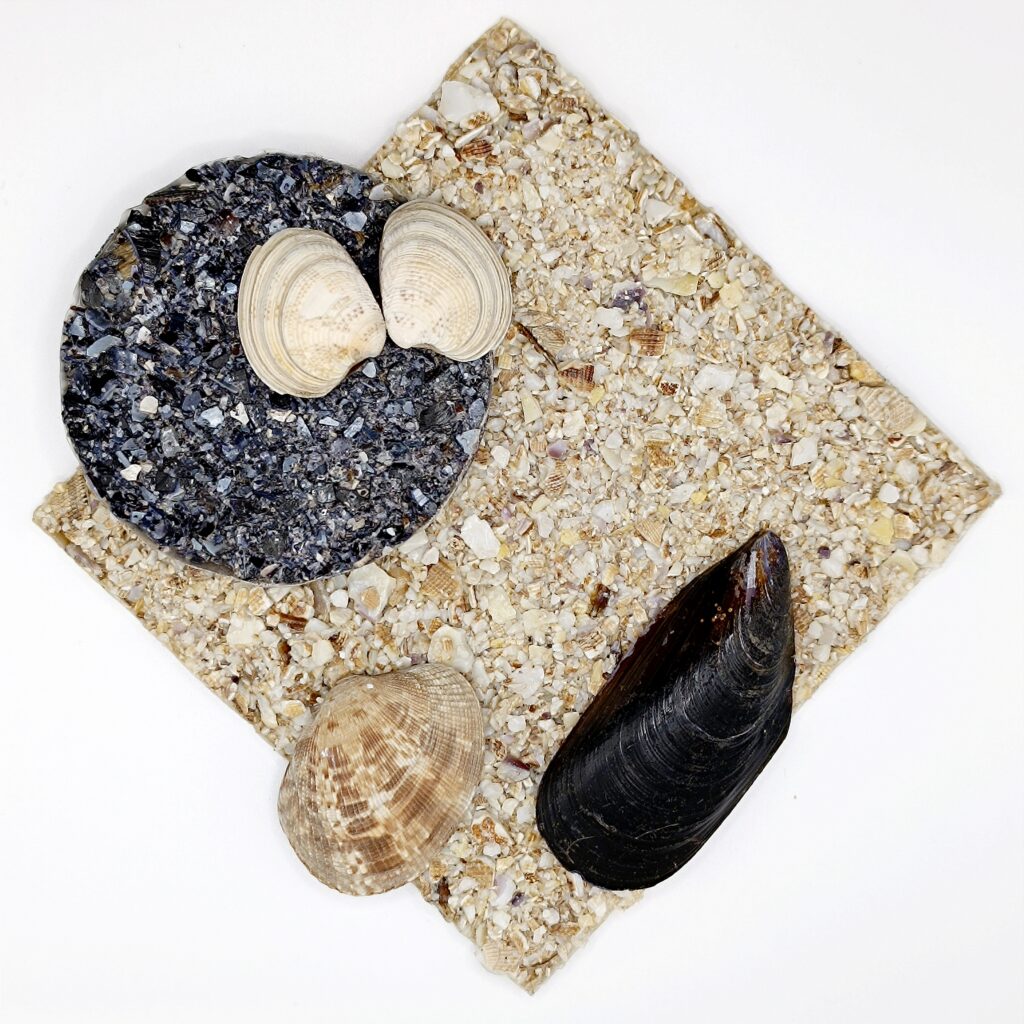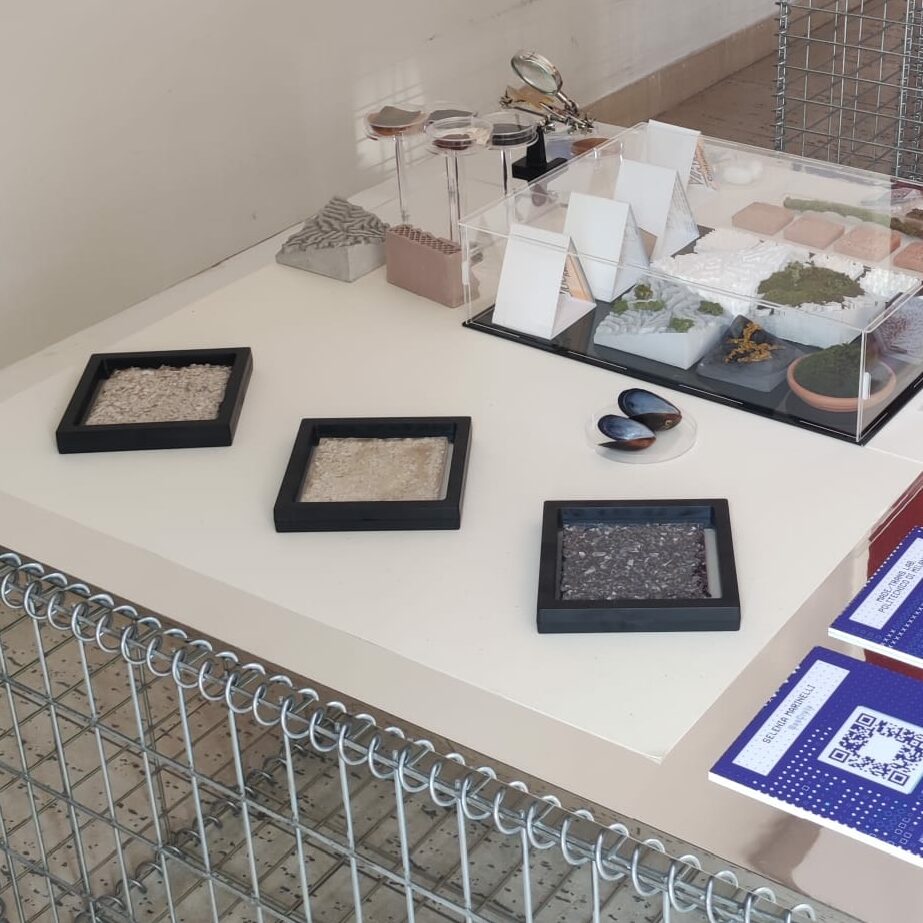SELENIA MARINELLI
Bio-Architect, PhD, Material activist
Exhibitions
Online and physical contexts in which my work in biofabrication has been exhibited and/or featured.

Jan 2023: Bio Creation Station virtual exhibition in the context of the Global Community BioSummit 2023, online
Organised by MIT
link
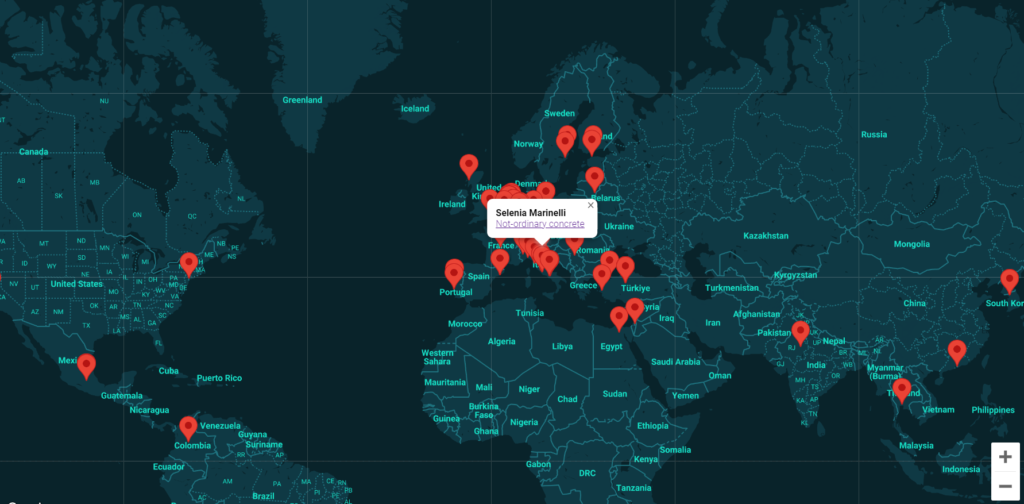
June 2023: Material Design Map, online
Created by WeVux
link
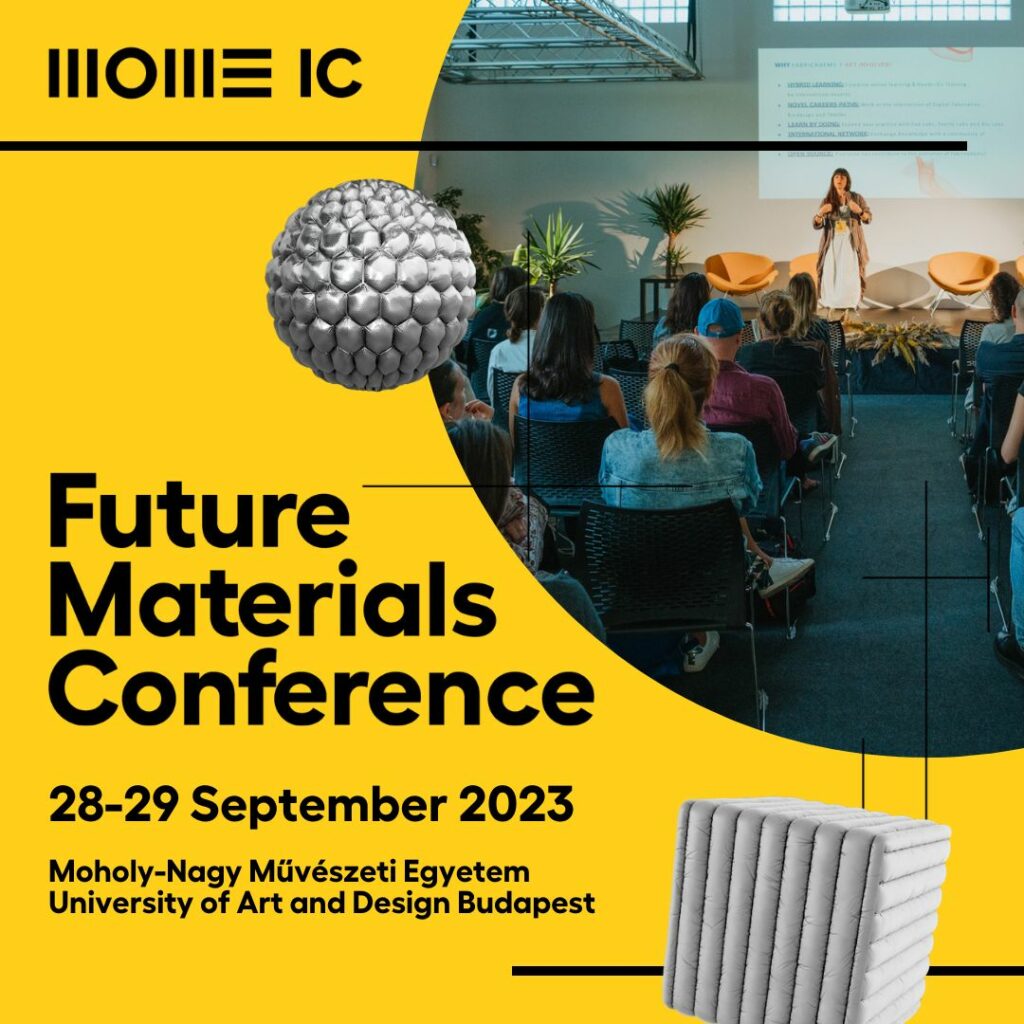
27-29 Sept 2023: Future Materials exhibition in the context of the Future Materials Conference, Budapest
Organised by The Innovation Center of Moholy-Nagy University of Art and Design
link
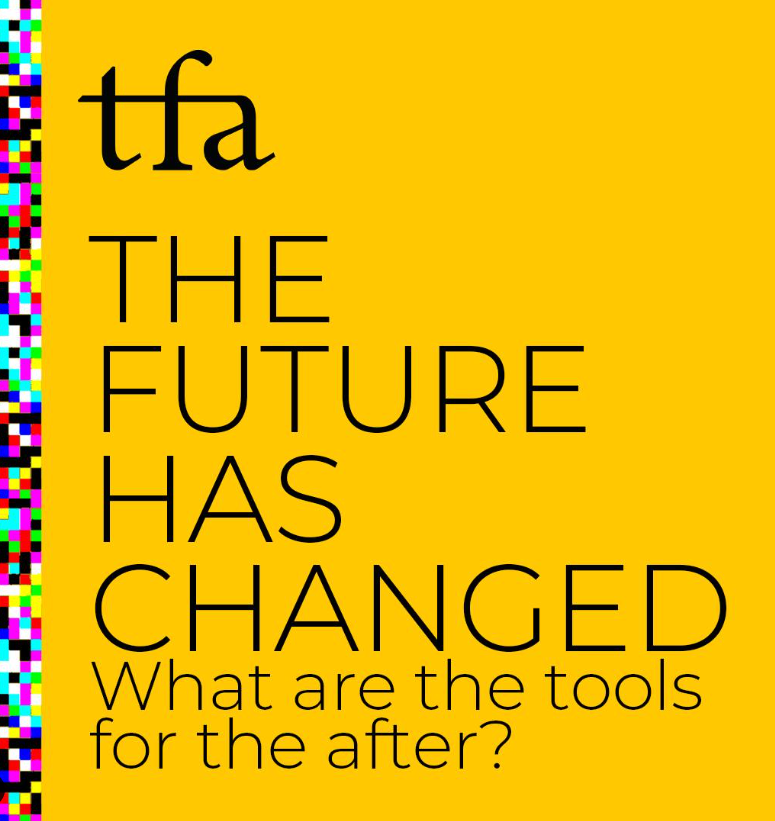
14 Sept-10 October 2023: Tools For After Festival, Melbourne
Participation in the Design and Architecture sections
Organised by the Italian Insitute of Culture
link
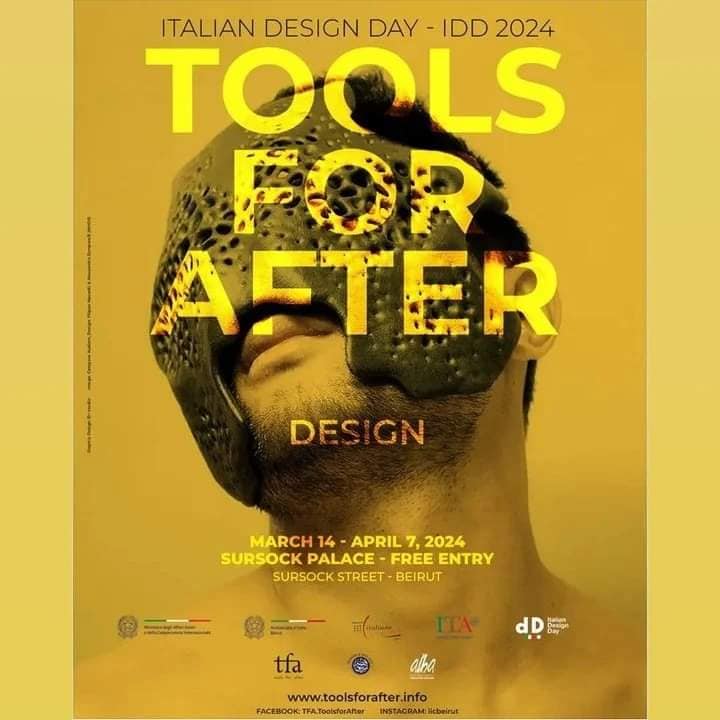
14 March-7 April 2024: Tools For After Design, Beirut
Participation in the Design and Architecture sections
Organised by the Italian Insitute of Culture
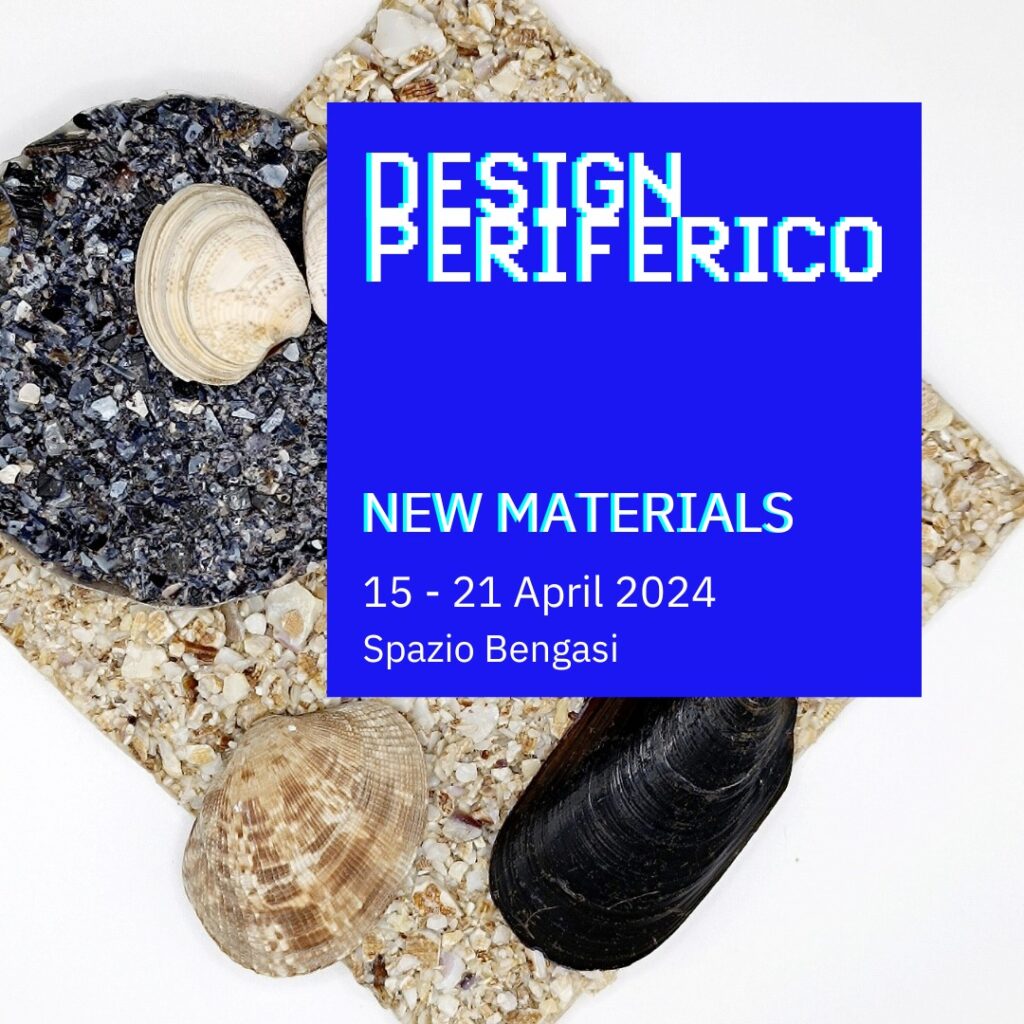
15-21 April 2024: Milan Design Week, Milan
Participation in the “Pheripheral Design” exhibition
Works exhibited so far.
Uterine Spaces
A short movie available here.
"Uterine Spaces" is an architectural environment whose main component is a biomaterial obtained through the fermentation of a symbiotic culture of bacteria and yeast (SCOBY). It is a conceptual work that, drawing inspiration from the nurturing qualities of the female uterus, links architectural space to life, death and the biodegradation of the materials of which it is composed, with the aim of stimulating reflection on multispecies coexistence.
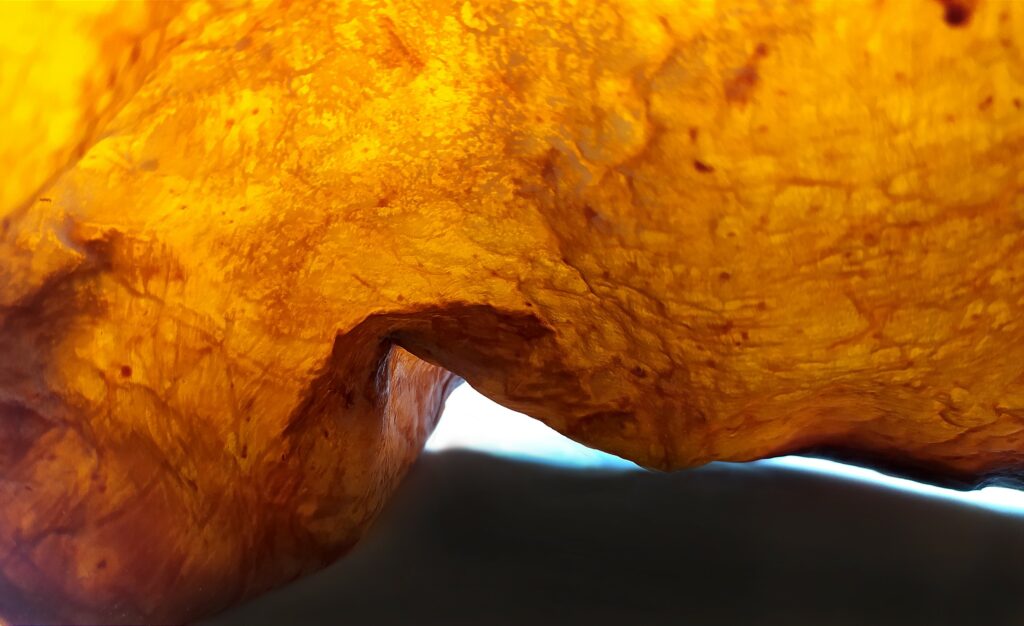
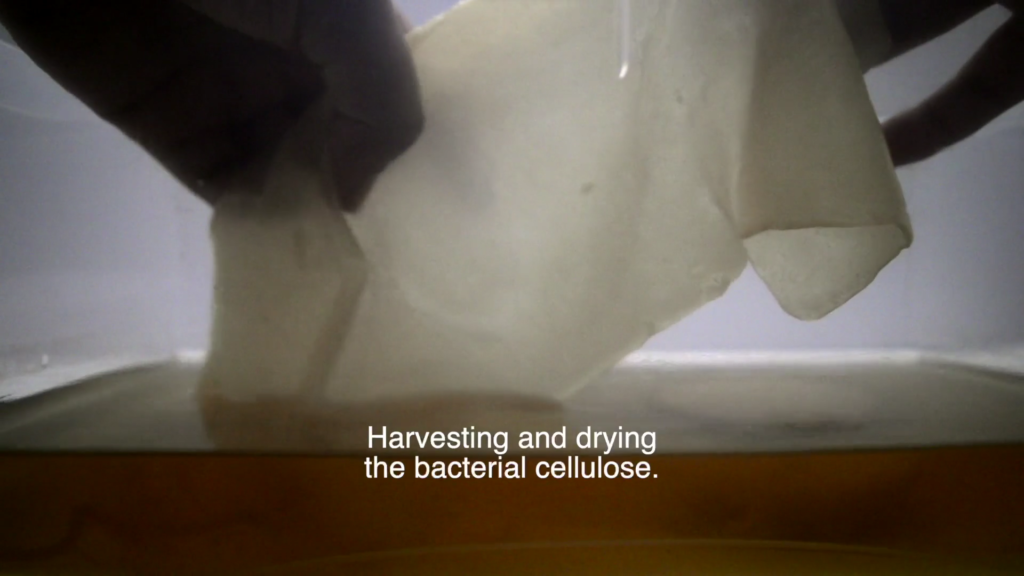
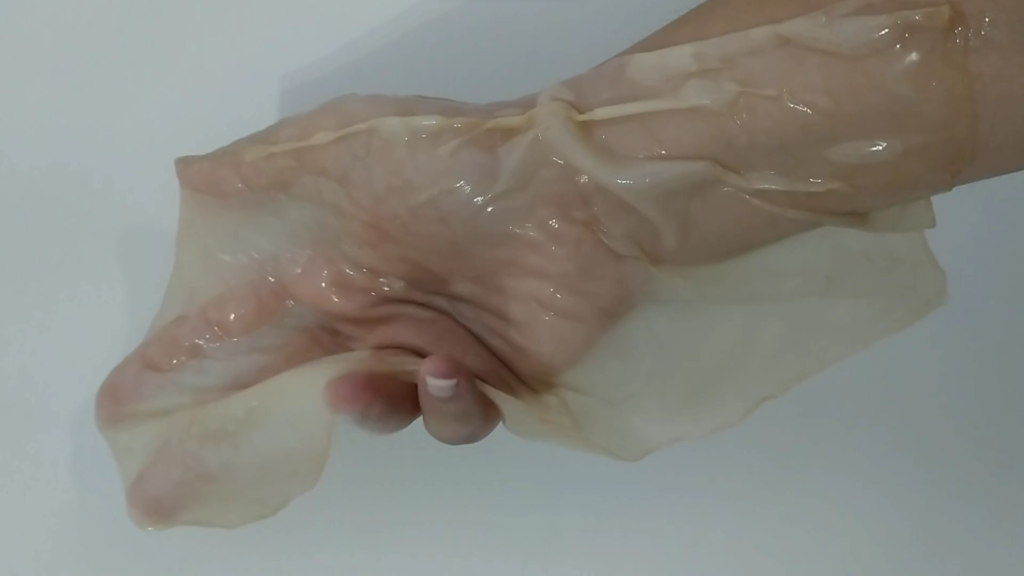
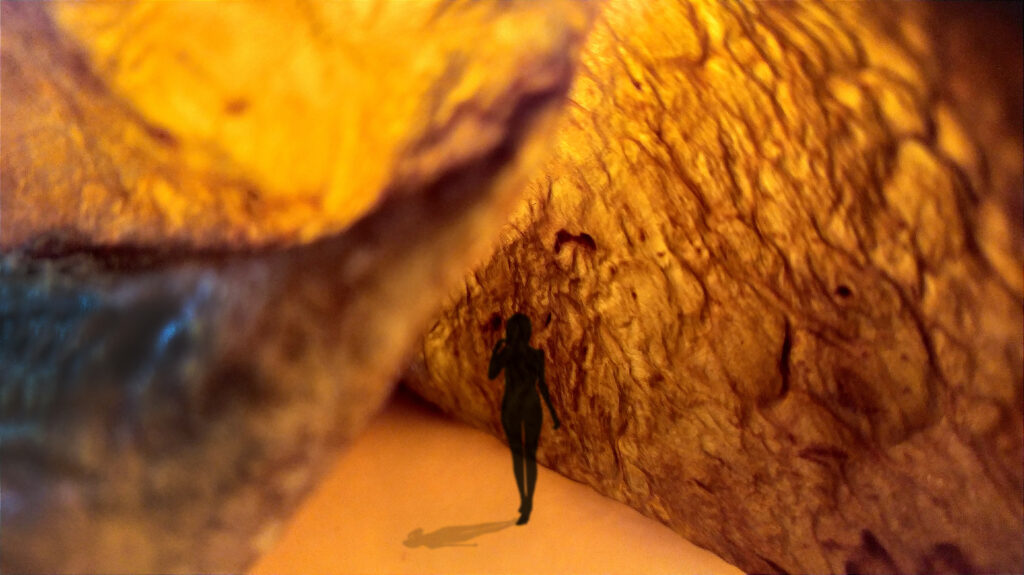
NextNature Bricks
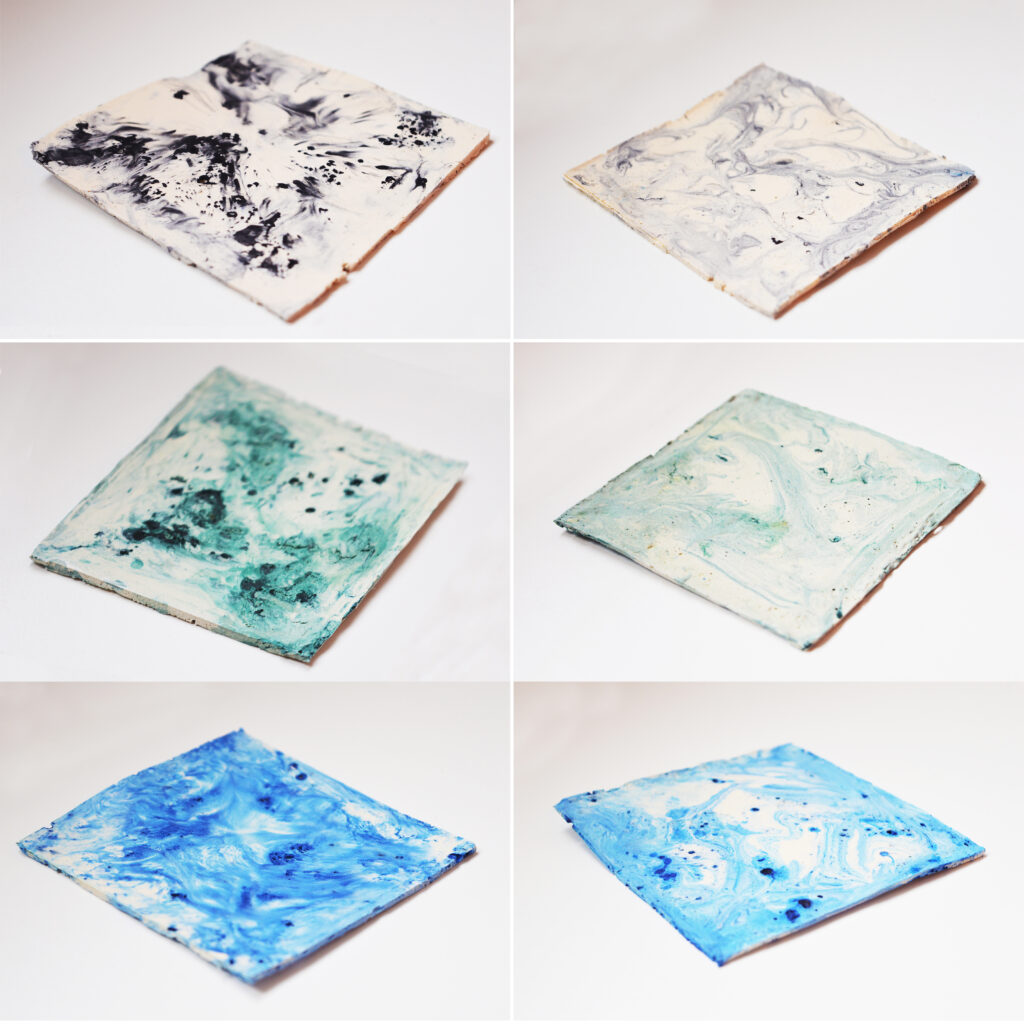
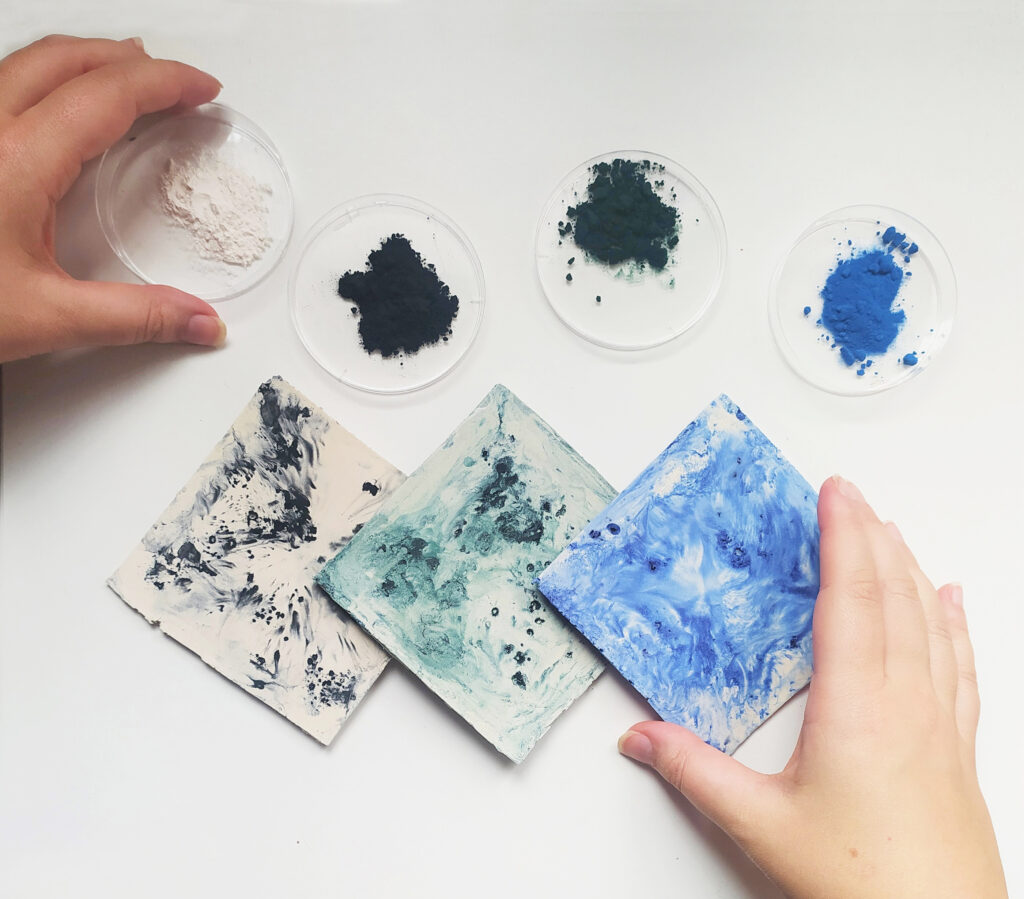
“NextNature Brick” is a series of bio-tiles composed of eggshells powder with the addition of blue and green spirulina and activated charcoal to create a marble effect on the surface. These samples aim to encourage the production of innovative and alternative materials, inspiring new aesthetics and triggering new considerations on the concept of living in “bio-informed” spaces.
Not-ordinary concrete
Eggshells are composed for more of 90% by calcium carbonate, which is the main chemical component of cement-based materials. “Not-ordinary concrete” promotes their use as substitutes in building materials or design applications. This process would reduce extractions, fostering the reconfiguration of the relationship between design and nature in an eco-syntonic way. The addition of activated charcoal allows to obtain a material that can efficiently filter impurities and toxins and therefore potentially reduce air pollution.
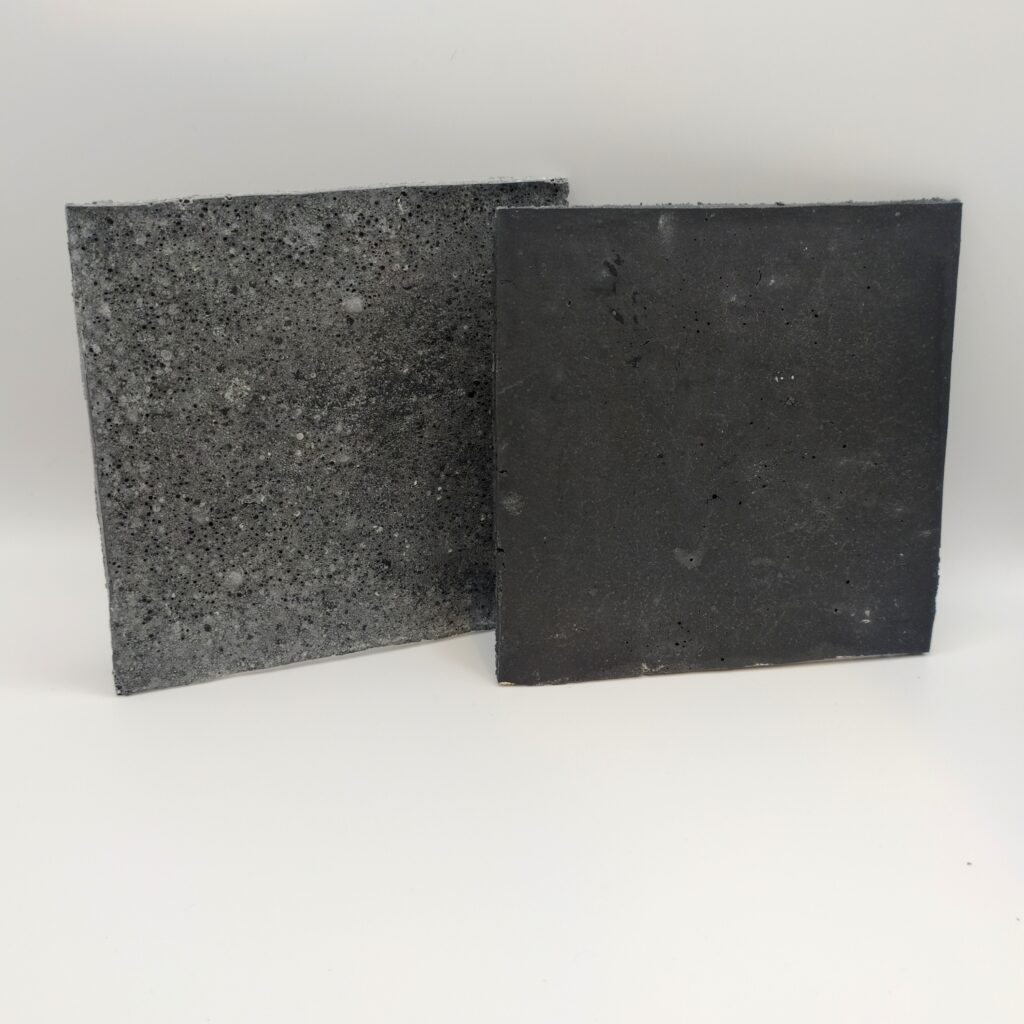
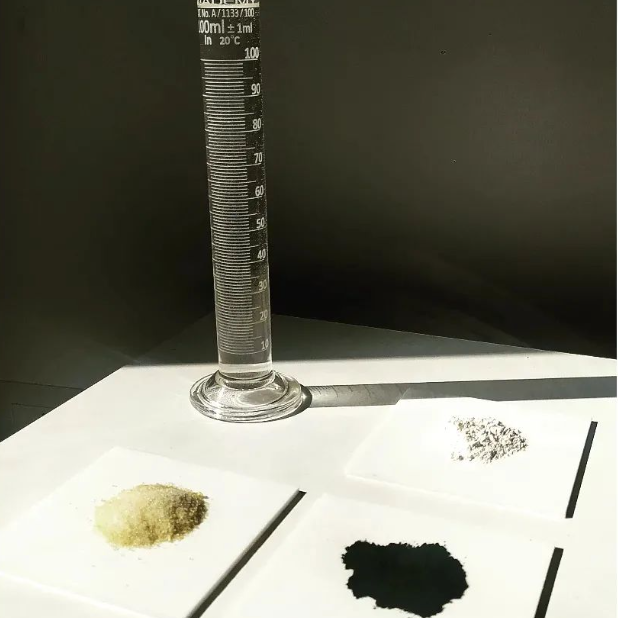

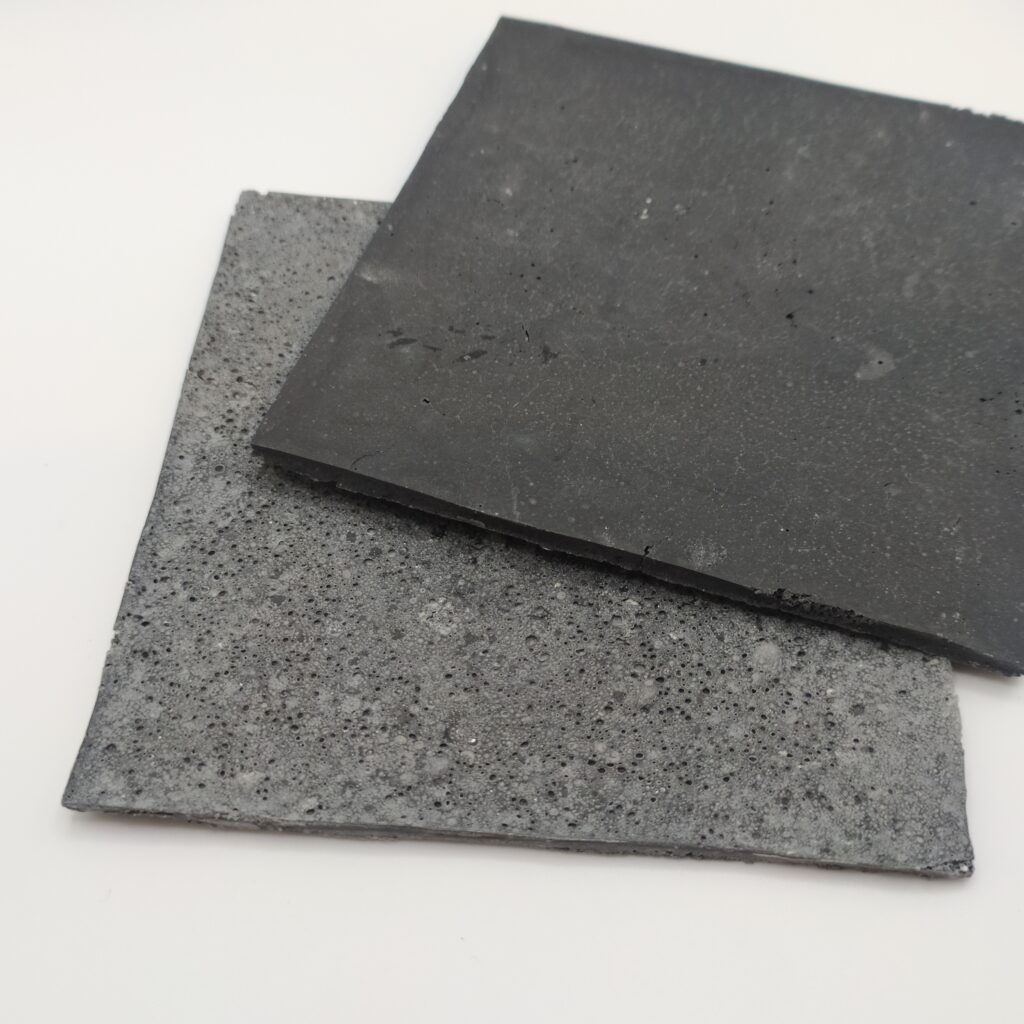
SeaCrete
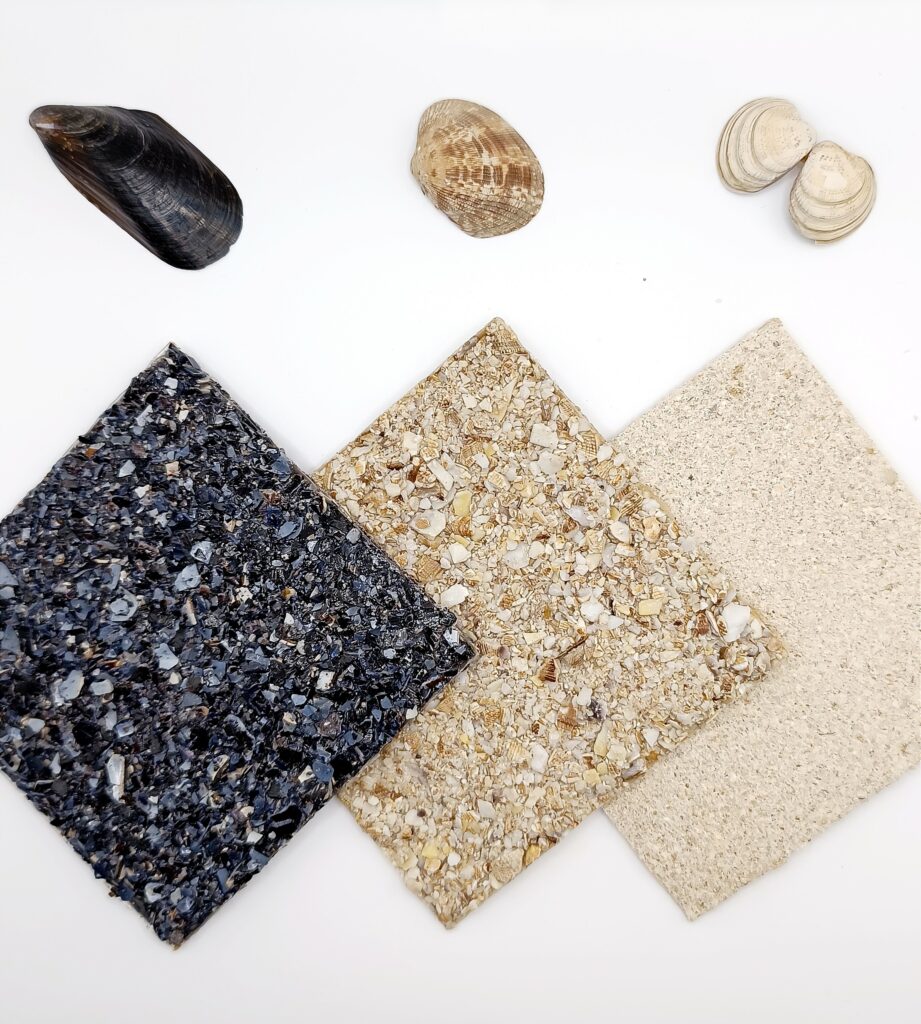
SeaCrete is a series of bio-tiles composed of mollusc shells (mussels, clams). The choice of the secondary raw material used derives from my city of origin, Taranto, where the fishing sector and in particular mussel farming has characterized the city's economy for centuries, producing a large quantity of waste.
